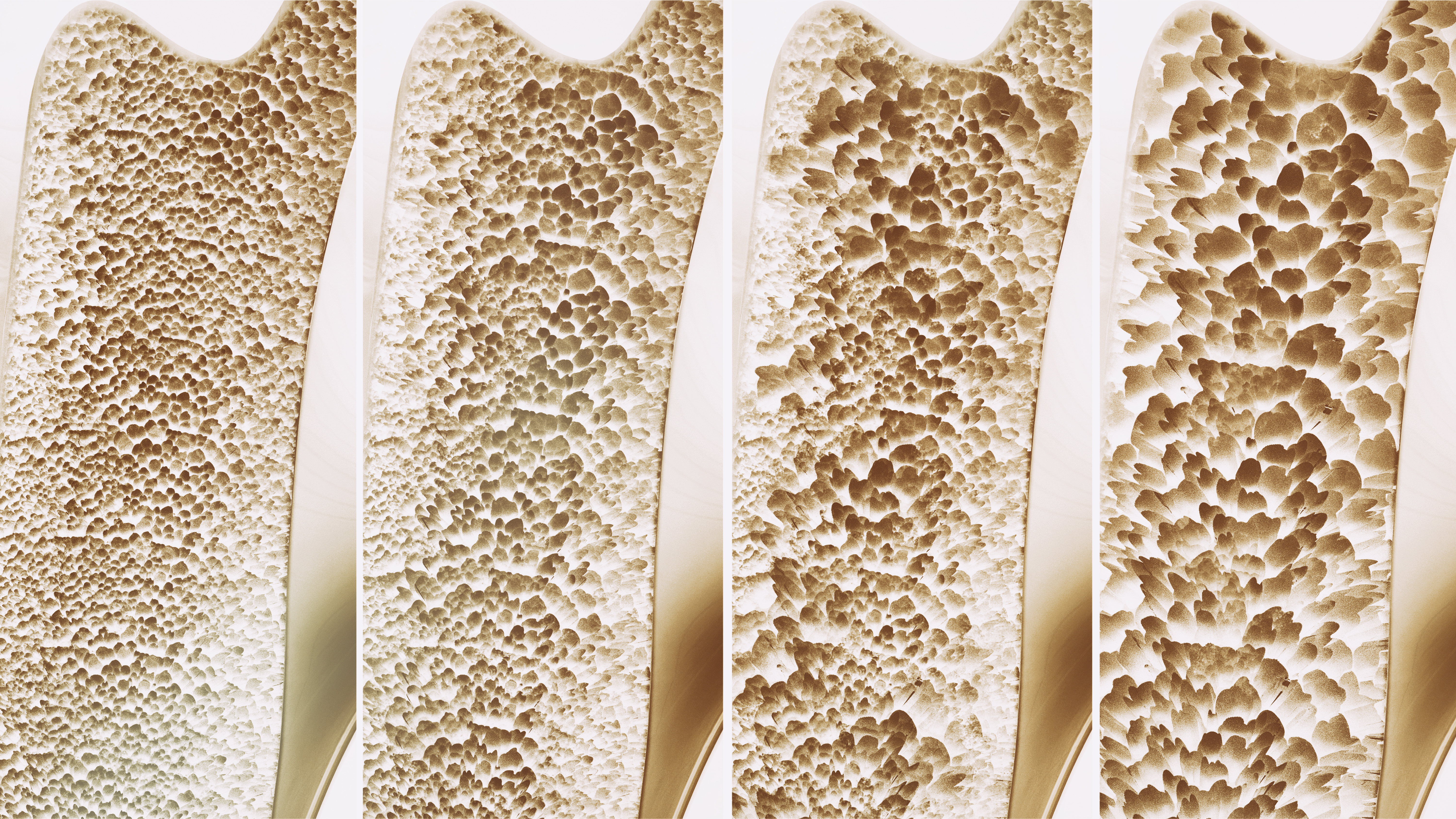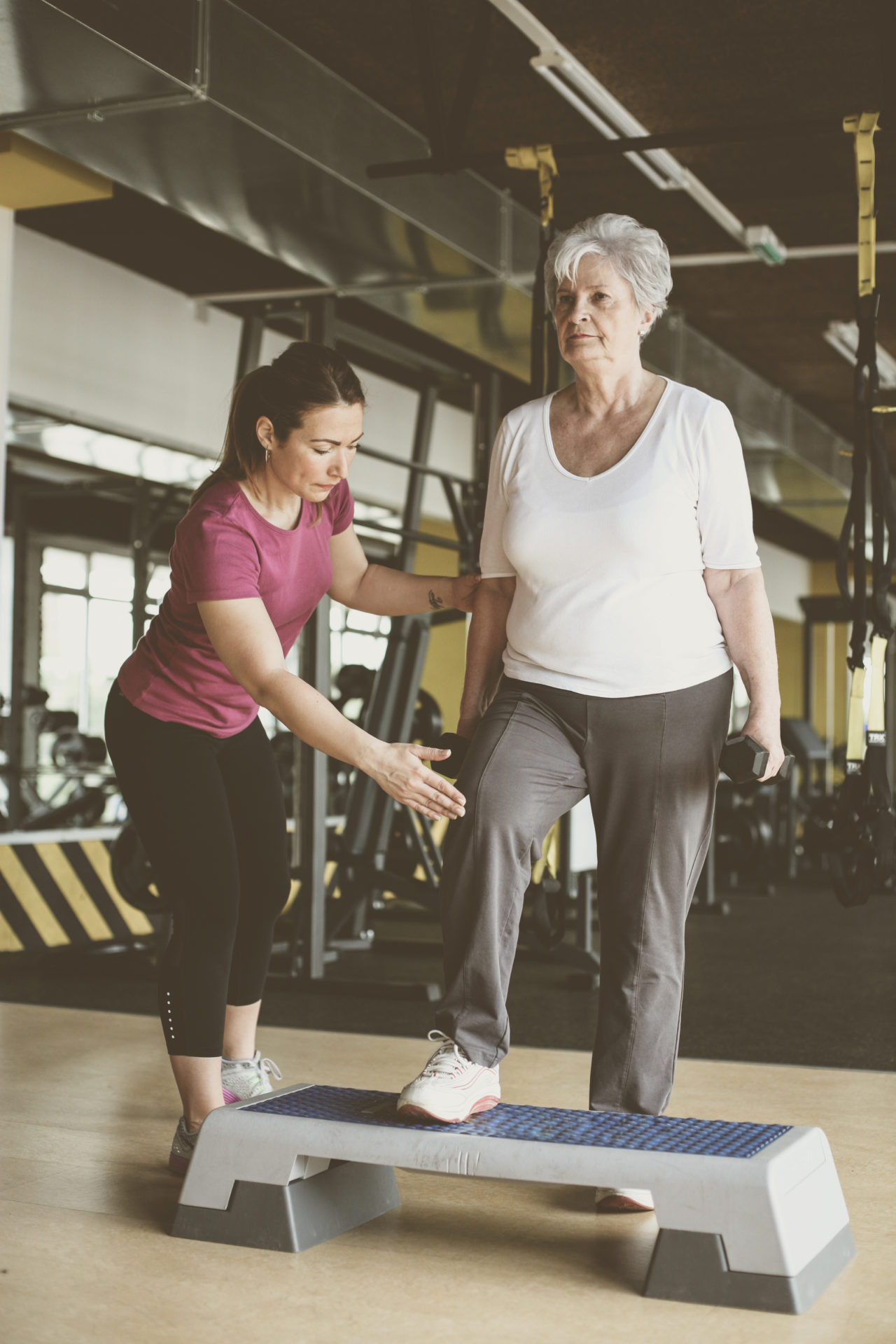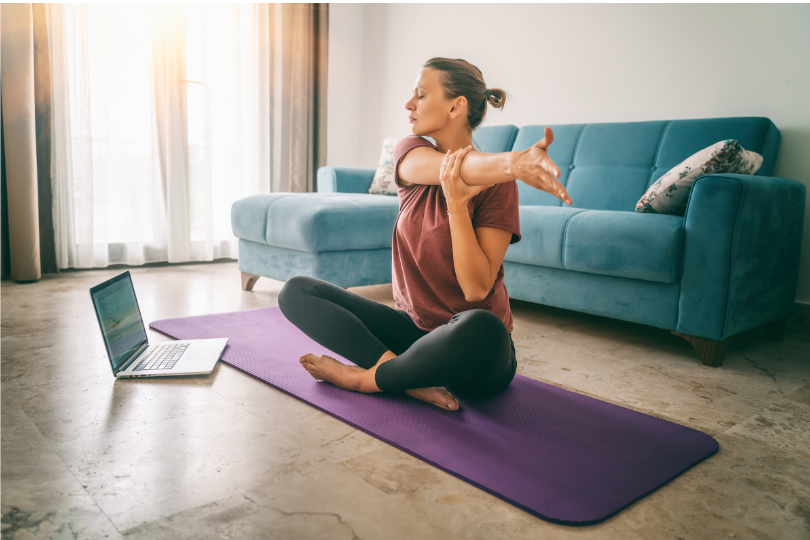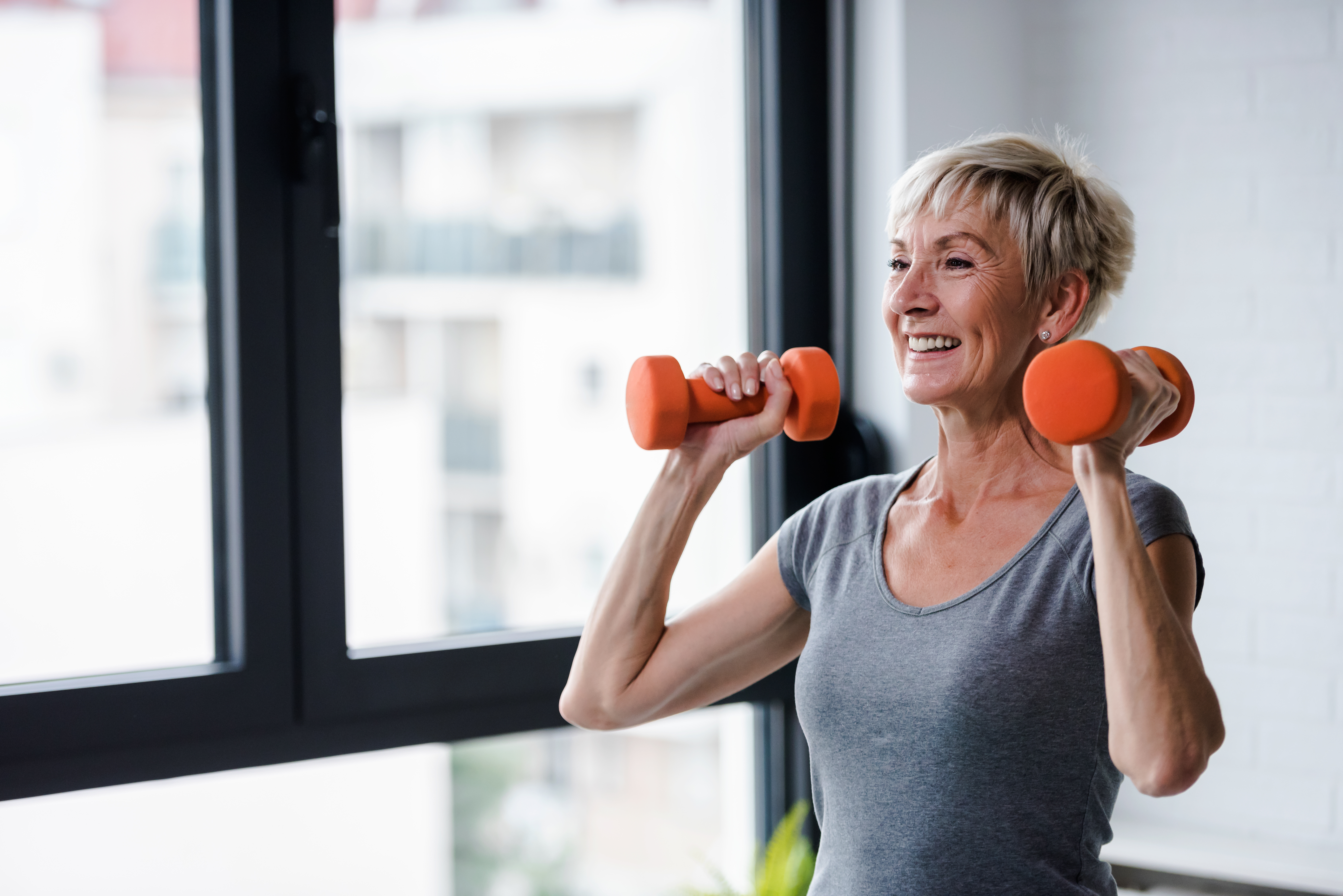I’m sure your mum told you to drink your milk to make your bones big and strong, but did she ever tell you to exercise?
From the moment we are born and as we grow old, our bones go through changes just like the rest of our body. They start off soft then begin to harden and strengthen until our mid-late twenties when they are at their peak strength. After this time the density of our bones start to decline and they become weaker.

If our bone mineral density decreases too far below what is expected for our age and sex, this is called Osteopenia. Osteopenia is the stage before Osteoporosis in which bones are considered clinically brittle, with an increased risk of fractures if we were to fall.
While nutrition is important to build and maintain bone health, exercise is also a major player to increase the peak strength of our bones and slow the rate of decline as we age.
The right exercise for bone health

Resistance training Any exercise where your body exerts force against a load. This might be something like a dumbbell, exercise machine, or your body weight is considered resistance training. By exerting force against weight two things happen: firstly, your muscles pull on your bones to get them to move. Secondly, the weight of the object you are moving against applies compressive forces to your bones. These are both forms of “stress” to your bones that they respond and adapt to by laying down more mass and therefore becoming stronger.
Impact exercise includes activities like jumping, running, stomping; or movements where any force is applied at a high velocity. If you’re young or in normal ranges of bone mineral density, impact exercise is brilliant. If you have Osteopenia, impact exercise is still beneficial, but should be prescribed by a health professional. Similarly, some impact exercise is suitable for people with Osteoporosis, but it should be prescribed and supervised by a health professional to minimise the risk of falls and fractured or broken bones.
Not all exercise helps bone health
Different types of exercise have different benefits, so while some exercises do wonders for cardiovascular health, mental health or mobility, they might not be doing anything for your bone health. This is why it’s important to incorporate different types of exercise into your routine.

Walking provides a whole list of benefits for your cardiovascular and mental health, however the load going through your bones is not enough to achieve the adaptations for bone health.
Swimming is a great form of exercise if you have arthritis or other joint pain, because the water reduces the load on your joints. By reducing the load on the joints, you’re also reducing the load on the bones, which presents a problem for our bone health because it’s not building or maintaining bone density.
Yoga & Pilates Some forms of yoga and Pilates don’t use enough load to benefit your bones. ‘Flow and stretch’ styles of yoga and Pilates won’t benefit bone health, and while Reformer Pilates does include resistance, keep in mind that the body needs continual challenge and stress to achieve the desired adaptations. If you aren’t increasing the resistance or you’re completing many repetitions at a low-moderate resistance, you won’t be getting the same benefit as you would from weight training.
Getting started

Ready to incorporate resistance and impact training into your routine? Resistance training is the best place to start your journey to better bone health. The guidelines recommend building up to 2-3 days of resistance training per week. However, the level you work at should be very individualised; for many people body weight exercises may be enough load, but others may need significant weight to provide enough resistance.
Starting with a lower resistance and higher number of repetitions, focusing on the correct form, is recommended for resistance training. Gradually increasing the resistance and lowering the number of repetitions to the point where the last 1-2 repetitions feel quite difficult to complete, is where you will really get the benefits for bone health.
If you don’t already do impact exercises like running or jumping, please speak to a health professional before you start. If you’re looking for more guidance on how being physically active can benefit your bone health, an Accredited Exercise Physiologist is a health professional qualified to prescribe individualised exercise programs for preventative bone health, as well as the management of Osteopenia and Osteoporosis.
Check out Bodytrack’s Bone Health Program.
